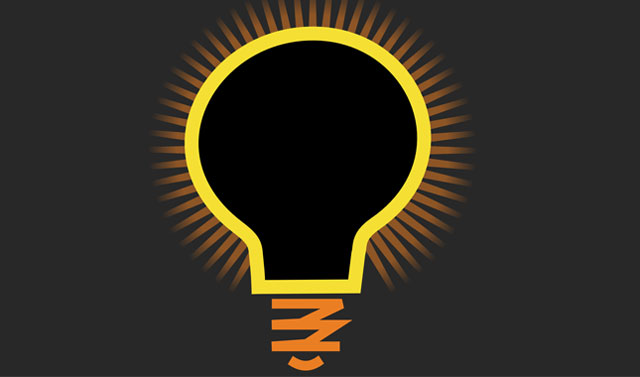
Going the route of prepaid power for both corporates and households in South Africa could do wonders for Eskom’s balance sheet, the power utility’s acting CEO Brian Molefe told a media briefing in Cape Town on Wednesday.
This has huge financial potential for Eskom. It could mean that it would not need to borrow more money from the capital markets “and make our balance sheet worse”. Prepaid could actually “improve our [Eskom’s] rating”, said Molefe.
It could do much for the funding shortfall Eskom faces, Molefe suggested. Prepaid electricity could provide the cash required to supply electricity and also help close the 3GW shortfall between demand and supply.
Speaking at Eskom’s Cape Town offices shortly after addressing MPs of parliament’s public enterprises portfolio committee, Molefe said prepaid was just “an idea” at present.
“We have not [yet] canvassed [this idea] with government,” he said, noting that he had told MPs that municipalities which were not paying Eskom could be bypassed as distributors. Instead the households — and businesses — could in future be supplied directly by Eskom.
About half of South Africa’s 283 municipalities distribute electricity for Eskom and derive a considerable portion of their revenue base from extra levies charged for power provision.
Molefe, who remains CEO of Transnet, earlier told MPs that he plans to canvass government and the Eskom management to consider bypassing municipalities to provide electricity directly to households.
He has been peppered with questions by MPs about the high debt owed by defaulting municipalities, with about 20 having been threatened with power cut-offs.
He said that he does not necessarily have the good municipalities — who are paying Eskom on time — in mind. “Perhaps we should start with municipalities that are in arrears. If they can’t pay the money they collect from households (and businesses) … we should bypass them. We cannot be a source of funding of municipalities. It is not sustainable.”
Asked if he would go back to the RED model — where a state organisation, a regional electricity distributor, provides electricity at distribution level — he said: “We have not discussed going back to the RED model.”
What he had in mind is to expand direct payment — especially in prepaid form — to Eskom.
Molefe also addressed the maintenance backlog which has crippled Eskom since the beginning of 2015. He said: “Most of the time we do have electricity in South Africa. We have a maintenance backlog and have to shut down some of the generators and when we do so, sometimes the cutting off of the generators to do maintenance leads us to have less capacity.”
The Eskom board came out boldly, assuring MPs that the supplier is ready to claw back. Chair of the recovery and build committee Pat Naidoo said the board understands the history of the problem of the build programme, and that there will be a focus on enhanced productivity going forward.
At the meeting of the public enterprises and energy portfolio committees of the national assembly, Molefe further hinted which of Eskom’s “noncore” assets would be up for sale.
Finance minister Nhlanhla Nene announced in his October mini budget that noncore assets in the state sector could be released to help Eskom.
Molefe said he had had his first board meeting at the weekend — his first since being named as acting CEO on Friday — and the issue of the Eskom home loan book had been raised.
“By the material conditions that confront us now … there is at least one asset … that is the [Eskom] home loan book,” he said, noting that it is not the core competency for the utility to make loans “for loans are not core business to Eskom”. — Fin24




